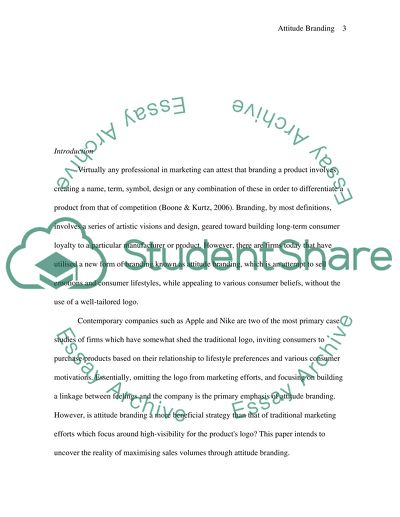Cite this document
(Attitude Branding Case Study Example | Topics and Well Written Essays - 2000 words, n.d.)
Attitude Branding Case Study Example | Topics and Well Written Essays - 2000 words. Retrieved from https://studentshare.org/marketing/1539968-module-titlemarketingstrategyattitude-branding
Attitude Branding Case Study Example | Topics and Well Written Essays - 2000 words. Retrieved from https://studentshare.org/marketing/1539968-module-titlemarketingstrategyattitude-branding
(Attitude Branding Case Study Example | Topics and Well Written Essays - 2000 Words)
Attitude Branding Case Study Example | Topics and Well Written Essays - 2000 Words. https://studentshare.org/marketing/1539968-module-titlemarketingstrategyattitude-branding.
Attitude Branding Case Study Example | Topics and Well Written Essays - 2000 Words. https://studentshare.org/marketing/1539968-module-titlemarketingstrategyattitude-branding.
“Attitude Branding Case Study Example | Topics and Well Written Essays - 2000 Words”. https://studentshare.org/marketing/1539968-module-titlemarketingstrategyattitude-branding.


